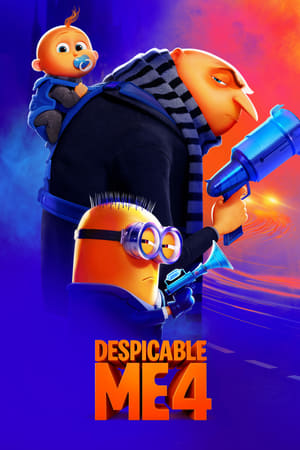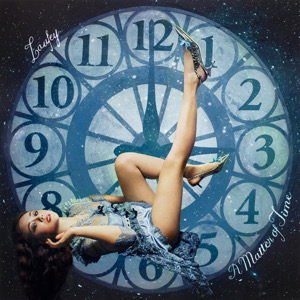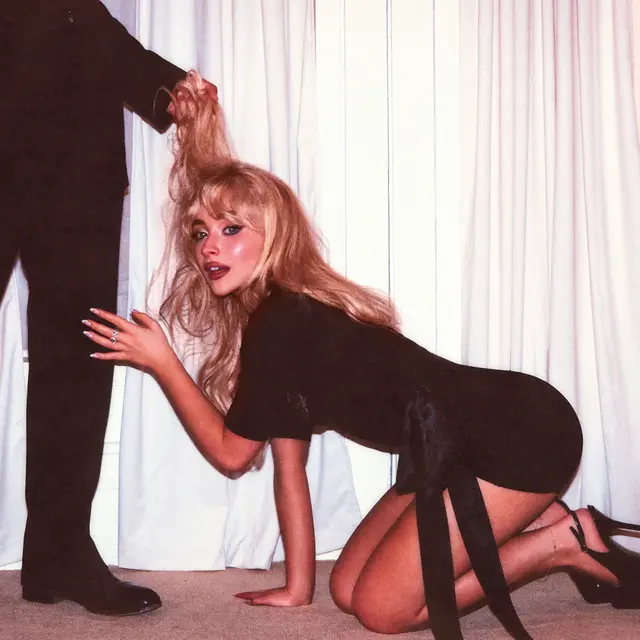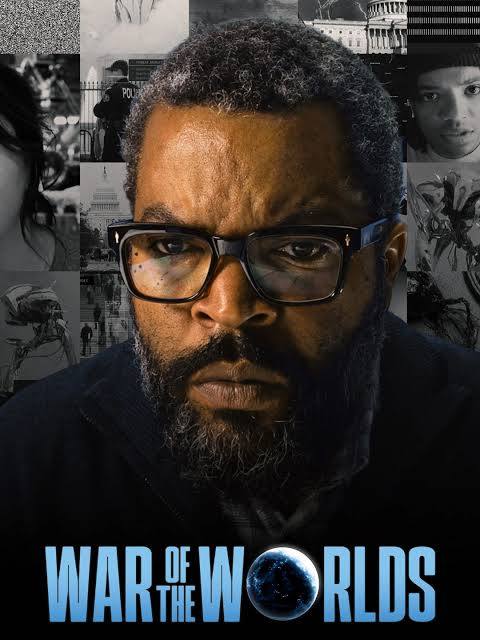The “Despicable Me” franchise tells the tale of Gru, an aspiring super villain, as he slowly turns into a hero with the help of his growing family. Each film adds a member (or two) to his family and shows how he defends them from other villains. Sequels are known for being bad, but “Despicable Me” keeps cranking out good ones.
Everyone has heard of the classic sequel paradox: a blockbuster movie decided to profit off the first movie’s success and make a sequel. However, too often the second movie has the same plot and storyline as the first movie. This is shown in many popular movies, such as “Home Alone” and “Megamind.” Both movies made a profit of over $400 million (imdb.com and imdb.com) and had sequels featuring the same idea as the first.
“Home Alone 2” followed very closely to the first film with Kevin McCallister being home alone and forced to fight back two incompetent thieves, Marv and Harry. The trailer for “Megamind vs: the Doom Syndicate” didn’t even bother to use original clips, instead taking footage directly from the first “Megamind.”
Although this series of bad sequels boded poorly for “Despicable Me,” a movie with a profit of $200 million, Illumination Entertainment rose above. In nearly 15 years, the “Despicable Me” franchise has produced 4 movies, 2 spin-off movies, and the first animated franchise to surpass $5 billion (boxofficemojo.com). As proven by these statistics, “Despicable Me 4” once again fails to comply with the classic sequel paradox by producing multiple original and cohesive installments. One common issue with the sequel paradox is repetition. Many sequels like “Home Alone 2” give the impression that the writers “copy and pasted” the original “Home Alone” script and changed minor things like location and side characters. This isn’t the case with “Despicable Me.” “Despicable Me” has a family theme, in this case through adoption. “Despicable Me 2” takes this in a similar direction, but instead it focuses on partnership through Gru and Lucy’s marriage. In “Despicable Me 3” this happens again: an overarching theme of family, by focusing on siblings, shown through Gru and his brother, Dru. “Despicable Me 4” takes a slightly different turn, this time focusing only on family.
Repeating the same overarching theme in each movie gives all the films a cohesive feel and makes the 4th movie fit right in. However, by having no subtheme, “Despicable Me 4” presents itself as the final installment by tying all the past movies together. This creates a synonymous flow of the films and is very important.
All six installments of the “Home Alone” movies feature the same theme of the main character defending his home, but they have no subthemes to differentiate it from other movies in the franchise. This gives no opportunity to have the main theme featured in the last film because that’s all that’s been happening in the past five films. This not only makes the movies seem repetitive but also makes them seem endless and feel like stand-alone movies.
Another problem with sequels is how they fail to be self-aware. In “Megamind vs: the Doom Syndicate” the script of the trailer tries to trick the viewer into thinking that it’s the first movie by using clips from “Megamind.” “Megamind vs: the Doom Syndicate” is a sequel to “Megamind,” not a prequel like the trailer leads the viewer to believe. This is a problem because the first “Megamind” has nothing of the sort and presents itself as a stand-alone movie, making the sudden appearance of “Megamind vs: the Doom Syndicate” choppy and confusing. “Despicable Me 4” incorporates past references in a subtle way to combat this phenomenon.
“Despicable Me 4” features an easter egg by ending the movie in the Anti-Villain League prison, the company in which Gru and Lucy work. The background of the scene has a lot of prisoners, many of which were from past movies. In this chaotic thumbnail for The Recap Guy’s “Despicable Me 4 – Ending Scene (2024) HD” video on YouTube, Vector from the “Despicable Me,” El Macho from “Despicable Me 2”, and Balthazar Bratt from the “Despicable Me 3” are clearly shown.
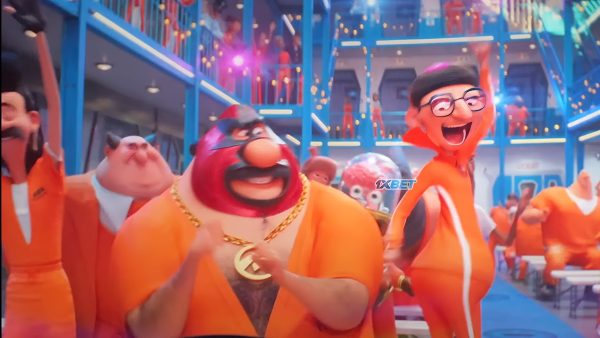
In the same scene, Scarlet Overkill and her husband Herb Overkill are shown dancing, referencing the spin-off series “Minions” where they debut as the main antagonists.
By including only references and similar themes from past movies and not direct quotes or clips, “Despicable Me 4” makes it more cohesive and less choppy. Another way that the “Despicable Me” movies do to be aware of the other movies is the music. Most movies like “Home Alone” or “Megamind” do a good job of this and create a theme melody for the first movie that gets used again in the others. “Despicable Me” takes this to the next level, creating a reusable melody and full song for each movie. Even better, Pharrell Williams wrote a song for all the movies, making even more cohesive transitions and references to the past movies. By including subtle references “Despicable Me 4” makes it obvious that every one of the movies was thoroughly planned out and not made on a whim to make more money.
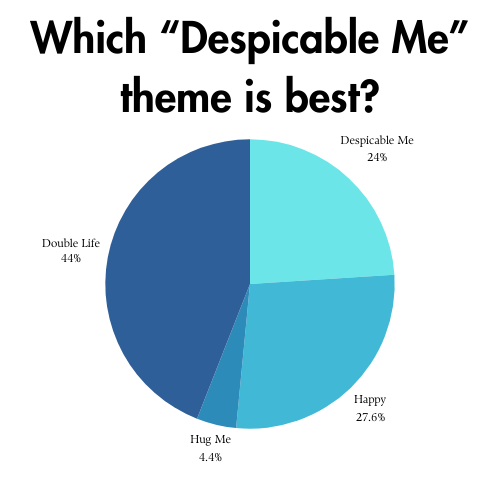
Many blockbuster movies decided to make a sequel, but not all did it well. While films like “Home Alone 2” and “Megamind vs: the Doom Syndicate” started strong with the original films, they failed to create a new story that was still related to the series. “Despicable Me 4” used simple but complex tactics of repetition of themes and self-awareness of past movies to create a new yet cohesive storyline for each movie, giving entertainment and thoughtfulness to the movie and the others before it. “Despicable Me 4” certainly has lived up to the 15 year old “Despicable Me” legacy.
photo courtesy of imdb.com

